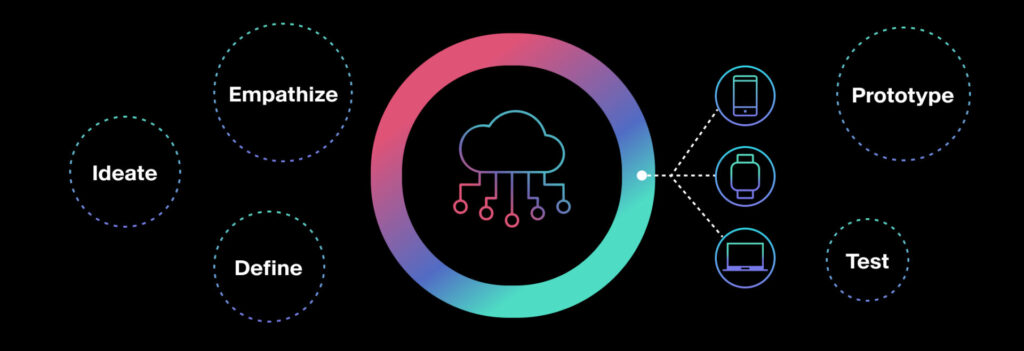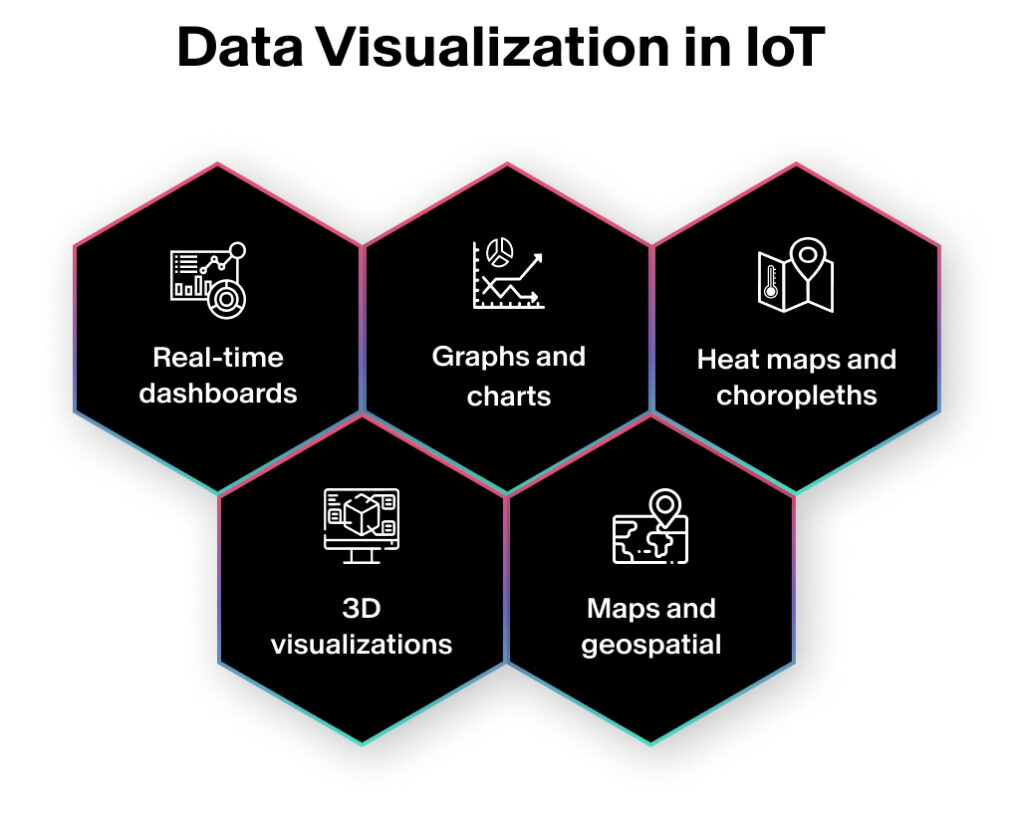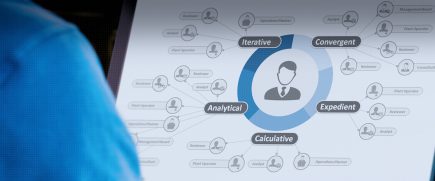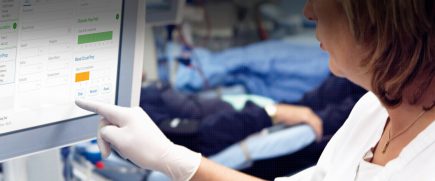Internet of Things (IoT) is transforming the way we sustain and work, creating a world where connected devices communicate with each other, providing real-time insights and enabling automated actions based on our inputs. But as IoT technology evolves, so does the need for intuitive and seamless user experiences. In a world where we consistently need to interact with multiple devices—ranging from smart wearables to connected home appliances and mobile apps—the challenge is clear: how can we design seamless multi-device flows that ensure consistent and effortless interactions?
At Think Design Collaborative, we specialize in designing for IoT ecosystems, focusing on creating integrated, user-centered solutions that elevate the interaction between users and connected devices. By blending emerging technologies as such with thoughtful design, we aim to instill trust in users and enhance their experience with the devices they rely on.
Stuti Mazumdar - February 2025

Understanding the Importance of Design for IoT Devices
Internet of Things (IoT) encompasses a wide range of devices that communicate with each other, such as mobile apps or appliances. This connectivity creates complex ecosystems where seamless interactions across multiple devices are crucial. However, this complexity comes with the need for making these interactions intuitive and seamless as possible, allowing users (us) to interact with this complex web of devices effortlessly through any busy day.
Designing for IoT involves more than just crafting user interfaces; it’s about creating cohesive experiences that allow users to interact with multiple devices as if they were extensions of one another. A poorly designed IoT interface can result in frustration and poor usability, while a well-designed IoT interface creates a smooth, enjoyable experience that encourages continued engagement with this technology.
Designing Multi-Device Flows: The Key to Seamless User Experience
By leveraging emerging technologies such as AI and machine learning, Think Design Collaborative creates sophisticated, intuitive, and responsive experiences across IoT ecosystems that allow for smooth transitions between devices.
The Role of Data Visualizations in Enhancing IoT Experiences

So where does data fit into this scenario? A critical aspect of designing for IoT devices is data visualization. When users interact with IoT devices, they often rely on the data those devices generate. Whether it’s tracking health metrics from a wearable, managing home energy usage through a smart remote, or monitoring a connected security camera, the data needs to be presented clearly and meaningfully.
And as good design practitioners, we don’t just present data—we make it easy for users to understand and act on. Intuitive data visualizations empower users to make informed decisions. For example, instead of overwhelming users with raw data, an interface might display their health statistics with color-coded indicators.
Future Trends in IoT UX Design: What’s Next?
“At Think Design Collaborative, we are already looking ahead, staying on top of the latest trends in IoT technology to ensure that our clients are well-prepared for the future.”
— Deepali Saini | CEO, Think Design Collaborative
As IoT technology continues to evolve, the possibilities for design will only grow. Emerging technologies like edge computing and AI, to name a few, are expected to play a significant role in shaping the future of IoT ecosystems. These advancements will enable faster, more responsive device interactions and new ways for users to interact with their devices.
In the near future, we can expect even more personalized, context-aware experiences that take full advantage of the interconnected nature of IoT.



